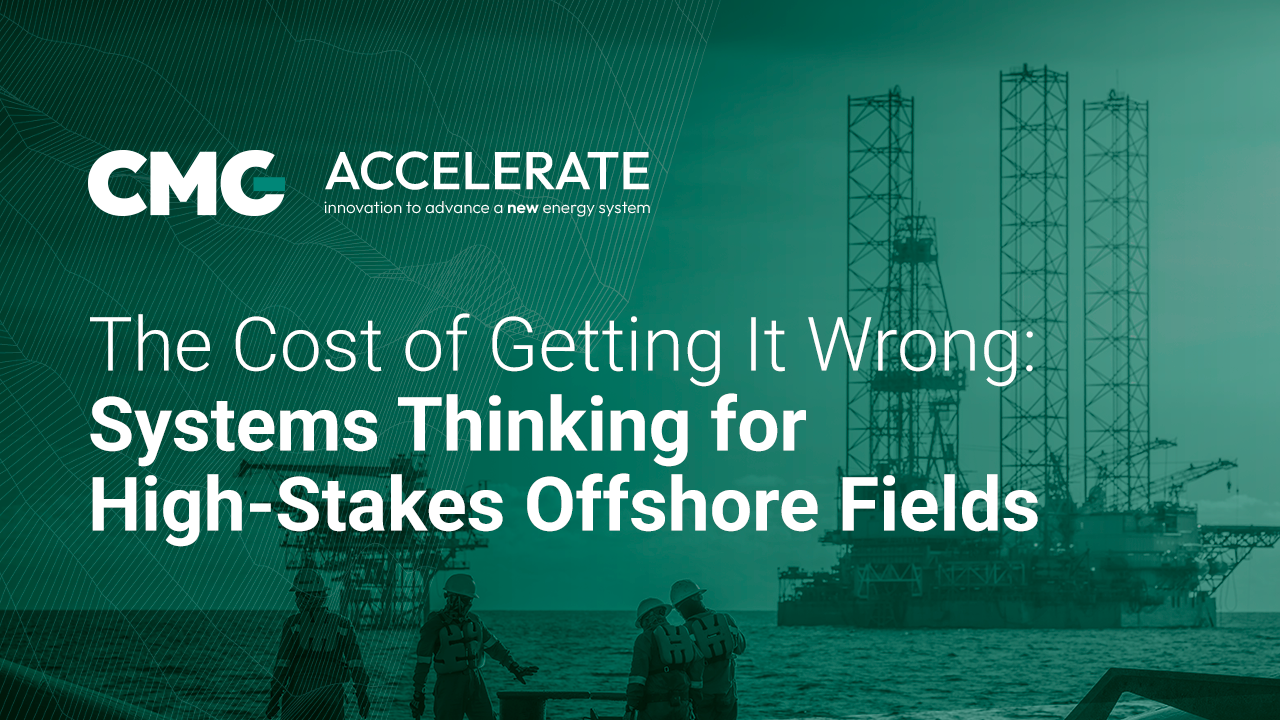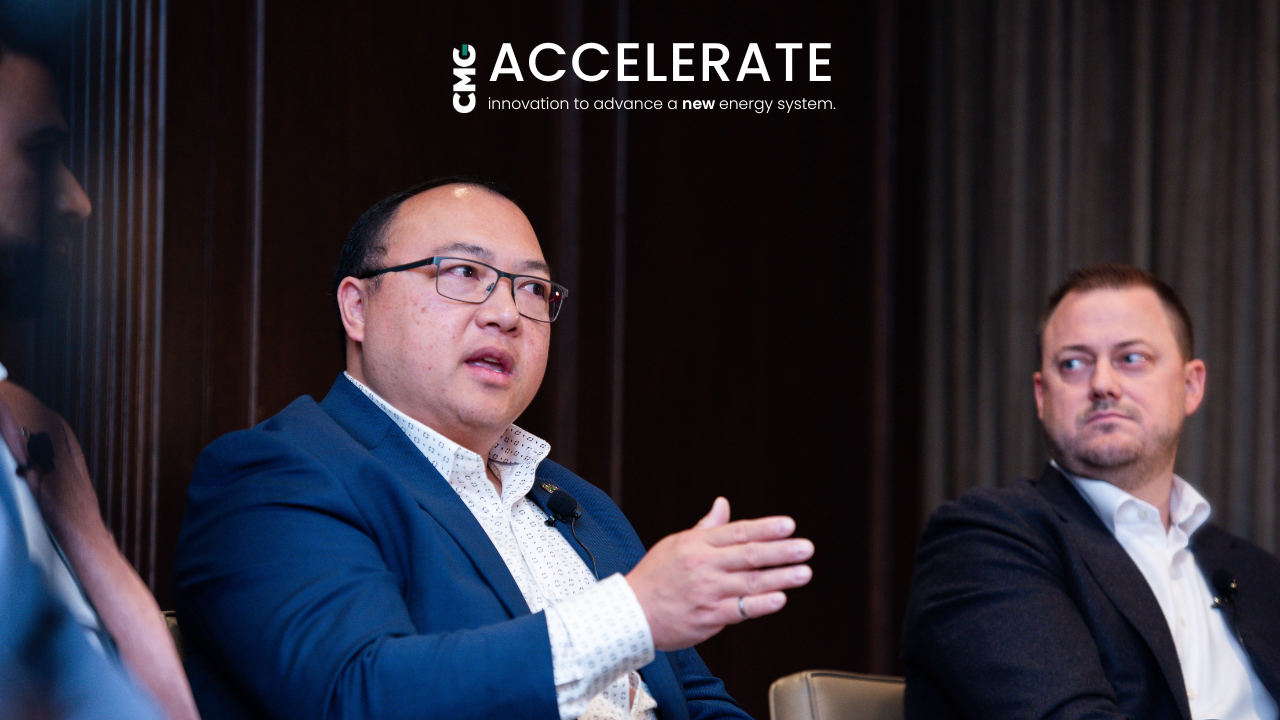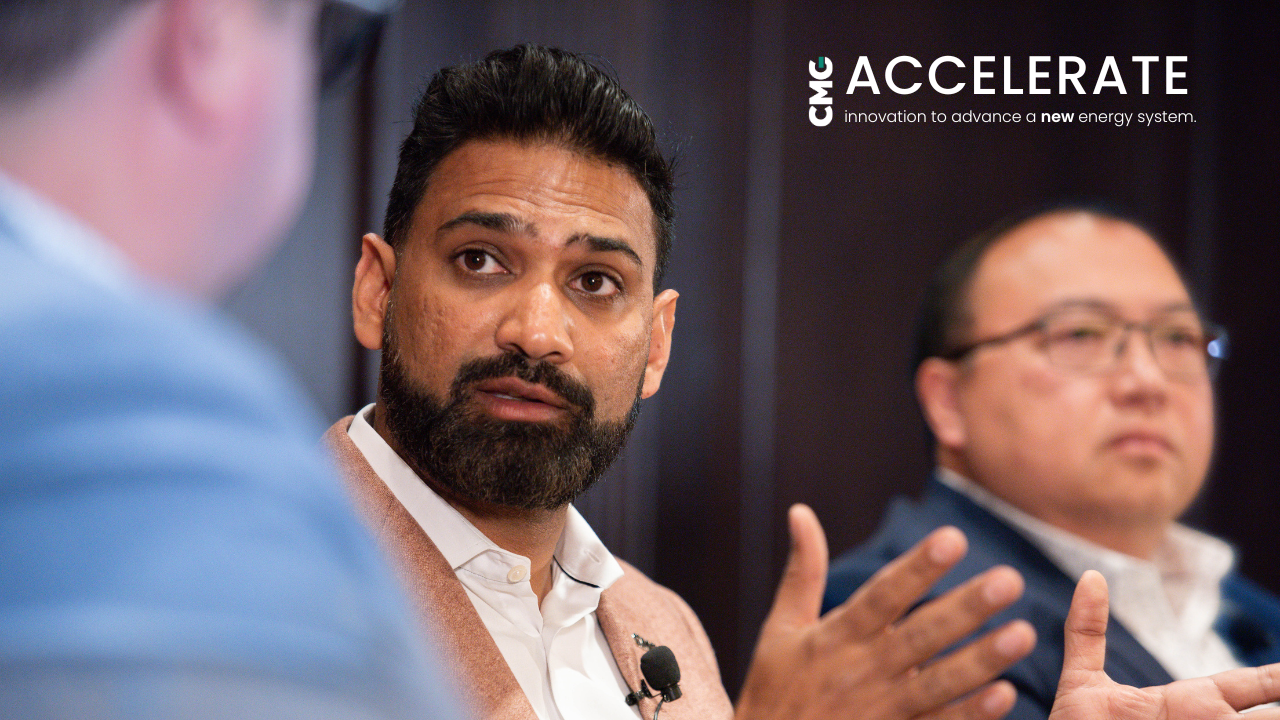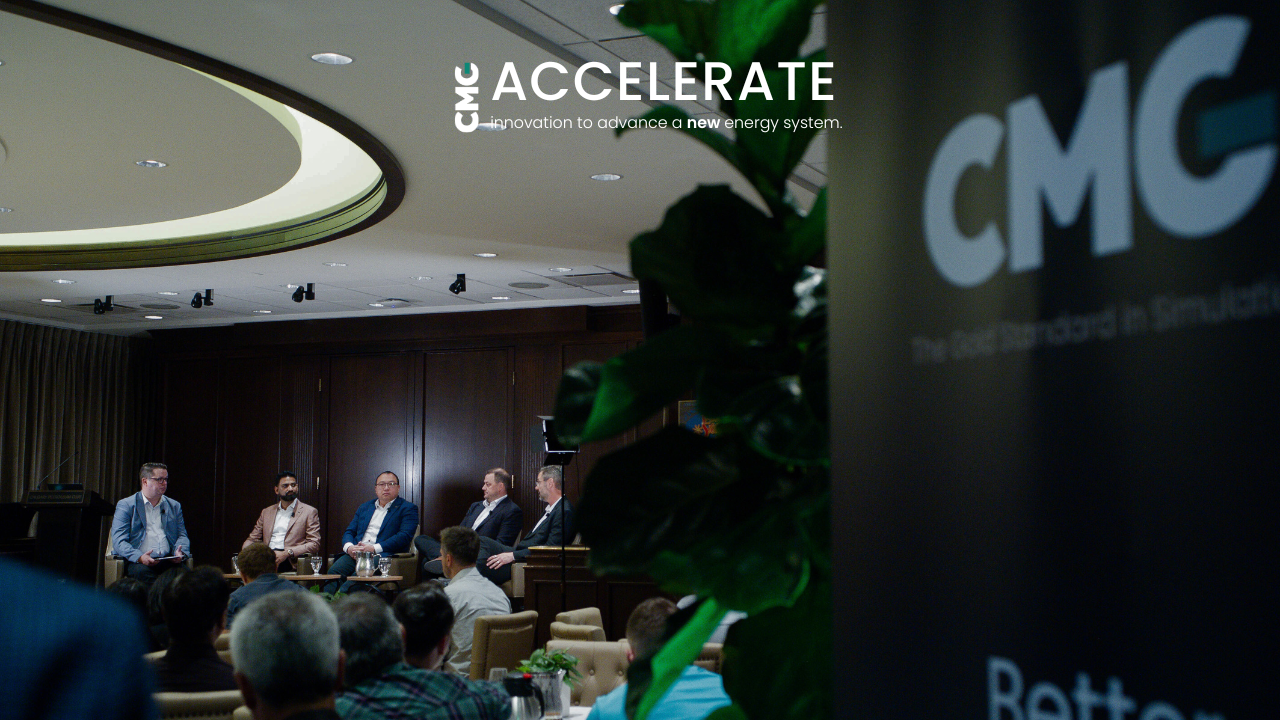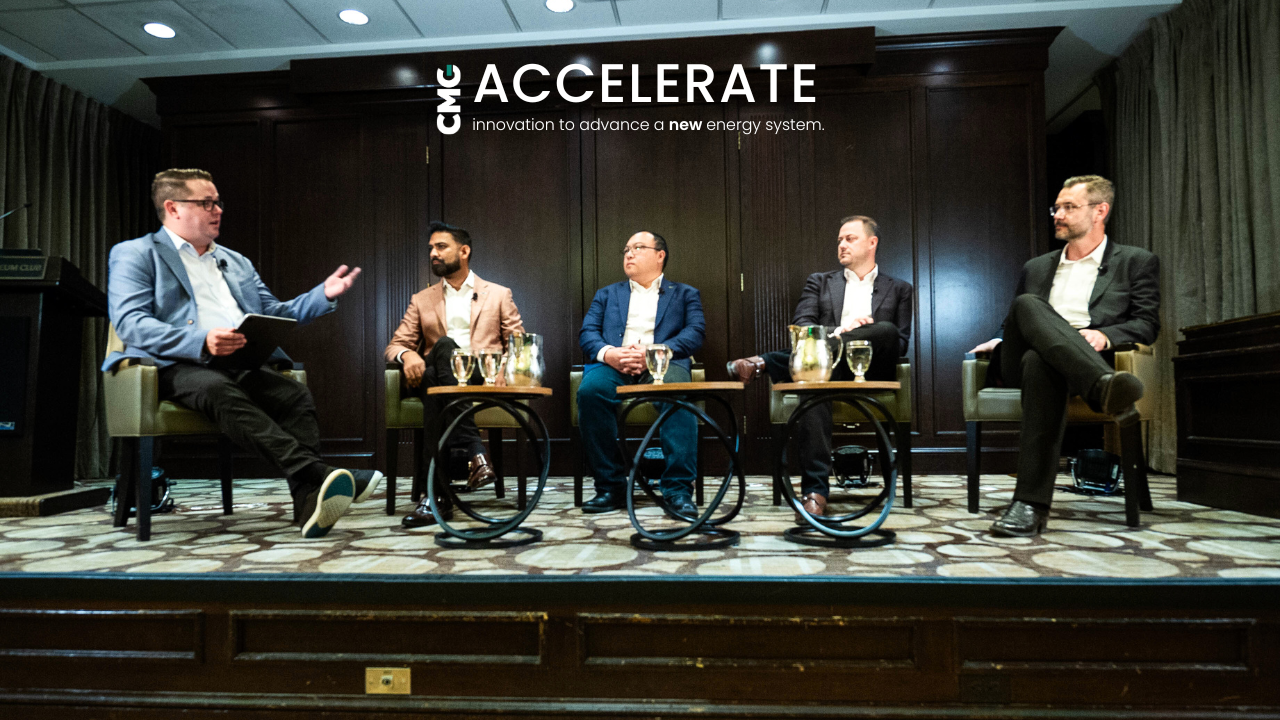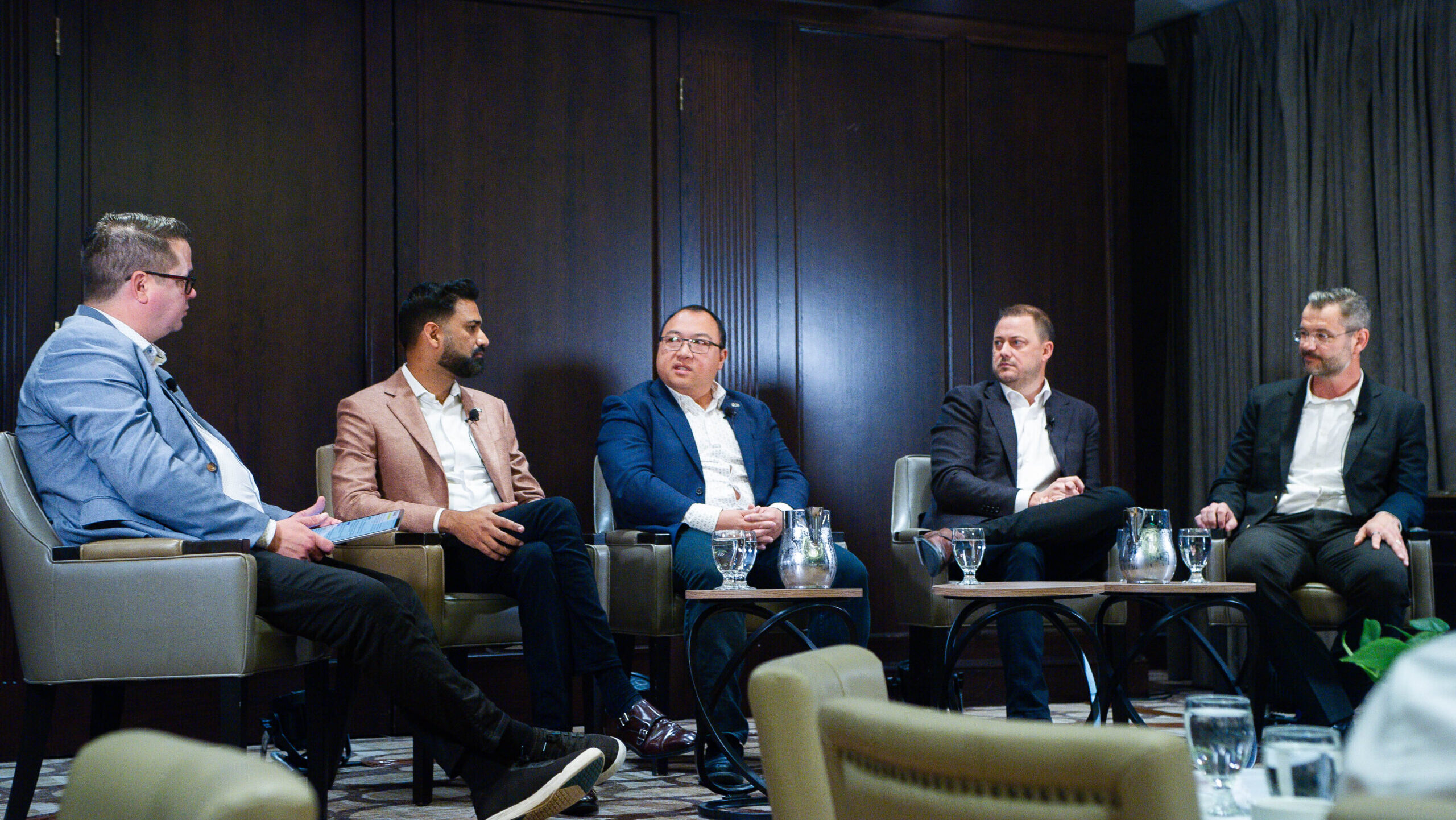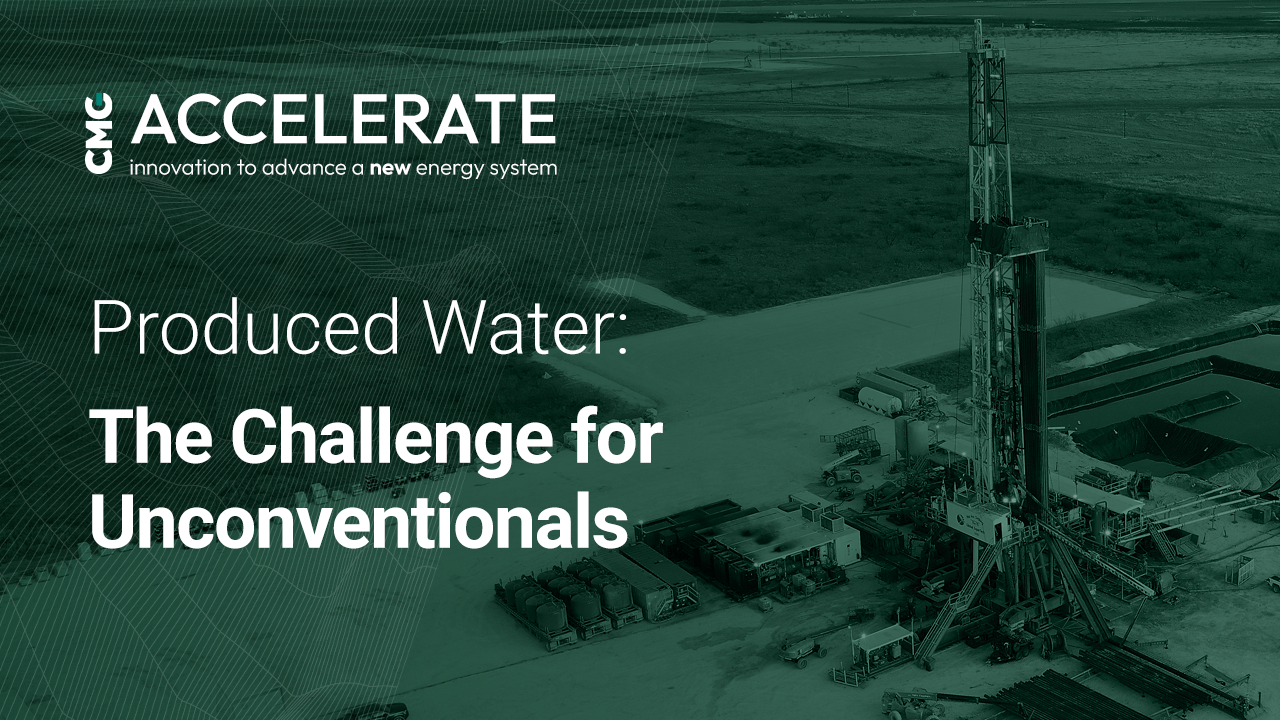It’s early morning in the South Atlantic. A thin haze rises above the horizon as the sun breaks over the curved silhouette of a Floating Production Storage and Offloading unit, moored nearly 300 kilometers offshore Brazil.
From a distance, it looks like any other vessel. But up close, it hums with the complexity of a full-scale production ecosystem. Oil flows from the seabed; gases compress; water gets separated, treated, and reinjected. Storage tanks fill, awaiting the next offloading tanker – all orchestrated aboard a floating platform held steady against the wind and waves.
As offshore production moves into deeper waters and more complex geologies, FPSOs have become complete ecosystems, handling everything from well inflow and riser flow to separation, reinjection, compression, and export. With this shift, the traditional segmented approach to engineering is breaking down.
In this article, we explore five critical shifts FPSOs are driving across offshore system design, and why a systems mindset is no longer optional.
(1) Offshore Isn’t Getting Simpler: Why FPSOs Demand Holistic Design
The Egina FPSO, operated by TotalEnergies off Nigeria, connects 44 subsea wells and
“is designed to hold 2.3 million barrels of oil” (1)
Its sheer scale exemplifies how modern FPSOs compress complex subsurface-to- surface processes within a floating system. Analyst firm Rystad Energy reports that “mega projects with oil and gas processing capacity exceeding 200,000 barrels per day (bpd)” are becoming the norm, especially in Guyana and Brazil Offshore. (2)
This growth drives deeper interdependencies between reservoir, risers, separators, compressors, and re-injection infrastructure, for which isolated design workflows are no longer sufficient.
2. When the Ship Is the Field: Cross-Discipline Planning is Now Mandatory
True to their name, modern FPSOs operate as fully autonomous production hubs, processing, storing, and offloading hydrocarbons without shore-based lifelines. A forecasted spike in gas-oil ratio (GOR), for example, doesn’t remain contained in the reservoir domain. It quickly affects topside compressor sizing, flare system capacity, and even environmental compliance.
Operators increasingly adopt shared digital platforms that unify modeling assumptions across reservoir, facilities, and operations groups, enabling rapid collaboration and minimizing later-stage rework. Sophisticated modeling tools now compare real-time production and operational data with forecasts to minimize downtime and maximize production.
3. Temporary Fields, Permanent Decisions: Design Tradeoffs Have Long-Term Impacts
An FPSO typically serves a field for 10–15 years before redeployment. Size choices made today, like separator train volumes or reinjection compressor ratings—impact long-term recovery, downtime risk, and cost efficiency.
Early in the design phase, digital twins simulate key equipment, like reinjection infrastructure, alongside production and safety systems. These scenario models often flag constraints before construction or retrofit is required, helping operators avoid costly mid-life upgrades. (3)
Simulation allows teams to evaluate hundreds of future scenarios, balancing CAPEX, flexibility, and uptime, rather than defaulting to fixed templates or overly conservative designs.
4. The Engineering Ripple Effect: What Happens When One Assumption Breaks?
FPSO systems are tightly coupled: a misjudged assumption in inflow rate, water cut, or separator efficiency can cascade into flaring events, production and injection interruptions.
To guard against this, leading operators like Equinor are applying digital twin methodologies. Their Echo platform spans:
“53 facilities onshore and offshore”, blending live data with 3D models to explore “what-if” scenarios when variables change. (4)
Kongsberg’s study of its twin tools for Equinor also showed that digital twins can deliver up to 30% CAPEX savings, 50% OPEX savings, and 10% additional revenue over a facility’s lifecycle. (5)
You can’t afford to wait until first oil, or first hiccup, to discover a system mismatch. Digital twins give you the agency to simulate, stress-test, and safeguard your FPSO’s performance upfront. That’s essential, practical risk management for multi-billion-dollar assets. There is too much at stake to make costly assumptions.
5. System Constraints at Sea: Pressure, Flow, and Facilities Must Be Modeled Together
Deck space is tight; weight limits are strict; pressure boundaries are unforgiving, and flaring or environmental constraints add another dimension. Despite this, conventional workflows often keep subsurface and topside design separate.
A Southeast Asia FPSO project exceeded its design capacity for gas handling, processing 1.1 MMSCM D of gas, compared to design limits of 0.9 MMSCM D of gas. This imbalance triggered intermittent flaring, surges, and carryover, highlighting how unmodeled scenarios in integrated planning can lead to serious operational setbacks. (6)
If your FPSO project plans still treat surface and subsurface as separate silos, you’re inviting unplanned downtime and financial losses. Integrated, end-to-end modeling during design is essential to uncover the operational and financial impacts of constraint-driven failures, before you ever board the vessel.
Conclusion: The Systems Mindset is Now the Baseline
When the ship is the field, you can’t iterate at sea. Engineering decisions need to factor in every variable, from wellbore inflow to topside capacity, in a single digital environment.
Digital twins and unified simulations offer that insight: reducing risk, optimizing value, and turning complexity into opportunity. Operators who embrace this systems mindset are just mitigating risk and unlocking critical value at high stakes.
Because errors that cost hundreds of millions offshore start onshore, with the decisions we make today.
Sources:
- Egina FPSO capacity: TotalEnergies –https://totalenergies.com/company/projects/oil/egina-deep-offshore-nigeria
- FPSO mega-project scale: Rystad Energy –https://www.rystadenergy.com/insights/fpso-ownership-shift-spurred-by-high-interest-rates-and-full-contractor-backlogs
- Equinor Echo Twin deployment details: Equinor digital twin page – https://www.equinor.com/energy/digital-twin
- Kongsberg study results on CAPEX/OPEX savings: Kongsberg newsroom – https://www.kongsberg.com/newsroom/archive-stories/equinor-explores-benefits-of-kongsbergs-digital-twin-to-enable-unmanned-offshore-facilities/
- Equinor twin ROI reference in Offshore Engineer magazine Daily – https://www.offshore-mag.com/business-briefs/equipment-engineering/article/14294756/digital-twin-technology-optimizing-efficiency-for-offshore-facilities
- Southeast Asia FPSO project – https://asian-power.com/co-written-partner/event-news/oil-and-natural-gas-corporation-clinches-asian-oil-and-gas-awards

